Dangers of Hardie/Cement Exterior
sallen2008
15 years ago
Featured Answer
Comments (19)
kandkwi
15 years agolast modified: 9 years agoRelated Professionals
Glens Falls Architects & Building Designers · Glassmanor Design-Build Firms · Broadlands Home Builders · Roseburg Home Builders · Saint Petersburg Home Builders · Troutdale Home Builders · Alhambra General Contractors · Bloomington General Contractors · Dardenne Prairie General Contractors · Elmont General Contractors · Franklin General Contractors · Mount Vernon General Contractors · Palestine General Contractors · Phenix City General Contractors · Rolling Hills Estates General Contractorsmeldy_nva
15 years agolast modified: 9 years agocefoster
15 years agolast modified: 9 years agothull
15 years agolast modified: 9 years agofrog_hopper
15 years agolast modified: 9 years agosallen2008
15 years agolast modified: 9 years agofrog_hopper
15 years agolast modified: 9 years agosierraeast
15 years agolast modified: 9 years agomightyanvil
15 years agolast modified: 9 years agosierraeast
15 years agolast modified: 9 years agomightyanvil
15 years agolast modified: 9 years agocpate
15 years agolast modified: 9 years agosallen2008
15 years agolast modified: 9 years agofrog_hopper
15 years agolast modified: 9 years agobooboo60
15 years agolast modified: 9 years agomeldy_nva
15 years agolast modified: 9 years agobevangel_i_h8_h0uzz
15 years agolast modified: 9 years agomeldy_nva
15 years agolast modified: 9 years ago
Related Stories
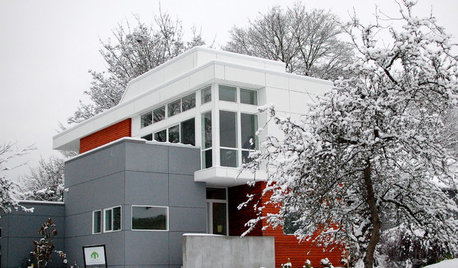
REMODELING GUIDESSeal the Deal With Fiber Cement Siding
Chameleon-like, durable and low maintenance, fiber cement gives home exteriors of all shapes and styles a winning edge
Full Story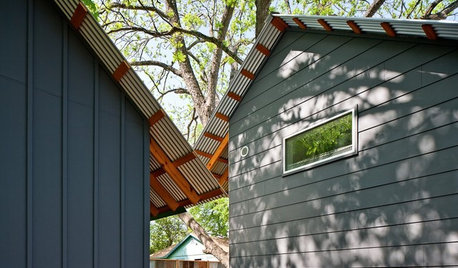
REMODELING GUIDESFiber Cement Siding Takes a Front Seat
Not just a wood or vinyl substitute, fiber cement is a stellar siding choice in its own right for modern home exteriors
Full Story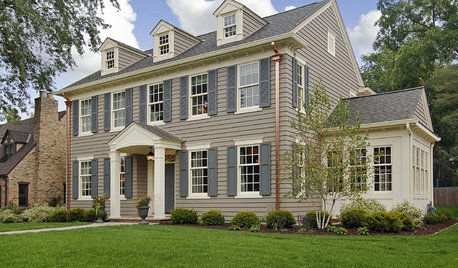
REMODELING GUIDES9 Top Siding Materials
Everyone knows brick and stucco, but what about fiber cement and metal? Learn about the options in exterior siding before you choose
Full Story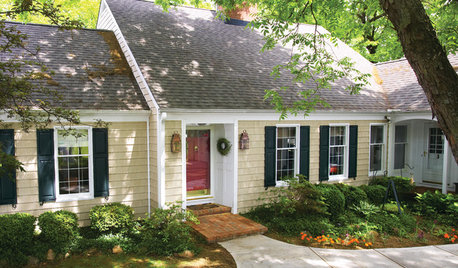
HOUSEKEEPINGHow to Wash Your House
Avoid damage to siding and plants while getting your home's exterior shining clean, with this guide to using pressure washers and hoses
Full Story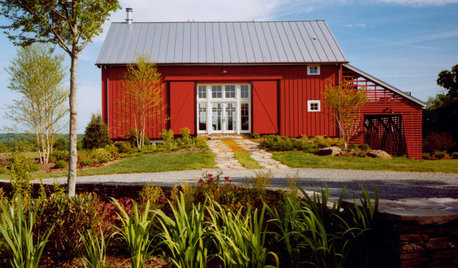
EXTERIOR COLORWhen to Paint Your Home Red
Bring on the energy — with red on its exterior, your home can stir up excitement in any setting
Full Story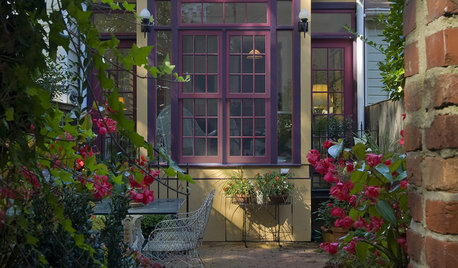
COLORPurple on the Outside
Are shades of grape, eggplant, lavender and plum the most daring colors for a home’s exterior?
Full Story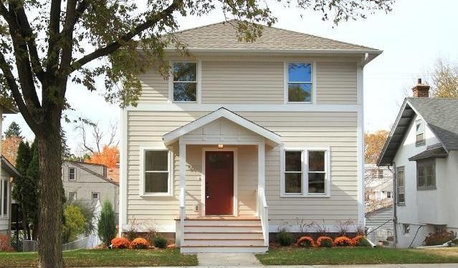
ARCHITECTURENew Construction in Minneapolis Keeps a Familiar Face
With the same exterior look of the previous home on its lot, this new build minimizes disruption while incorporating modern improvements
Full Story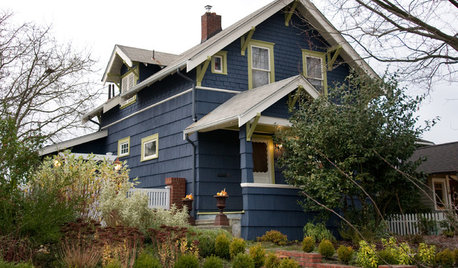
COLORExterior Color of the Week: Go Navy!
It’s daring and dramatic, but also a neutral. And it looks fantastic on almost any home
Full Story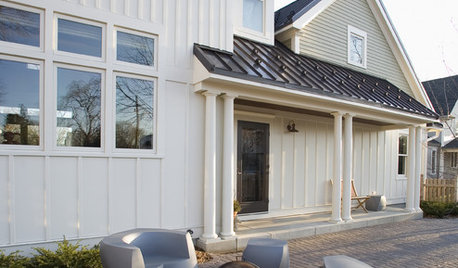
REMODELING GUIDESRenovation Detail: Board and Batten Siding
Classic board and batten siding adds timeless appeal to traditional homes, modern structures and every style in between
Full Story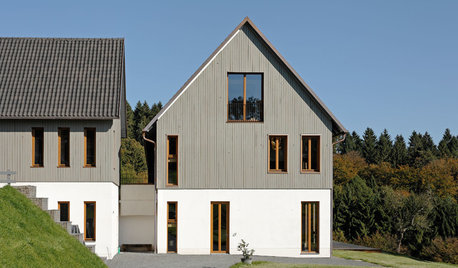
EXTERIOR COLORExterior Color of the Week: 7 Ways With Warm Gray
See why this hue can be the perfect neutral for any house
Full Story








kateskouros